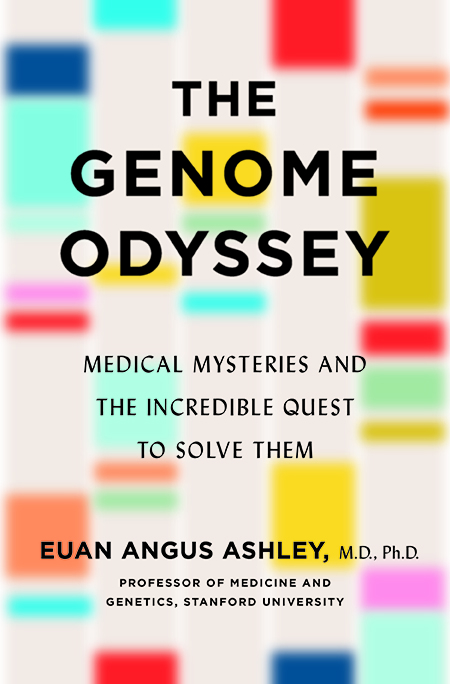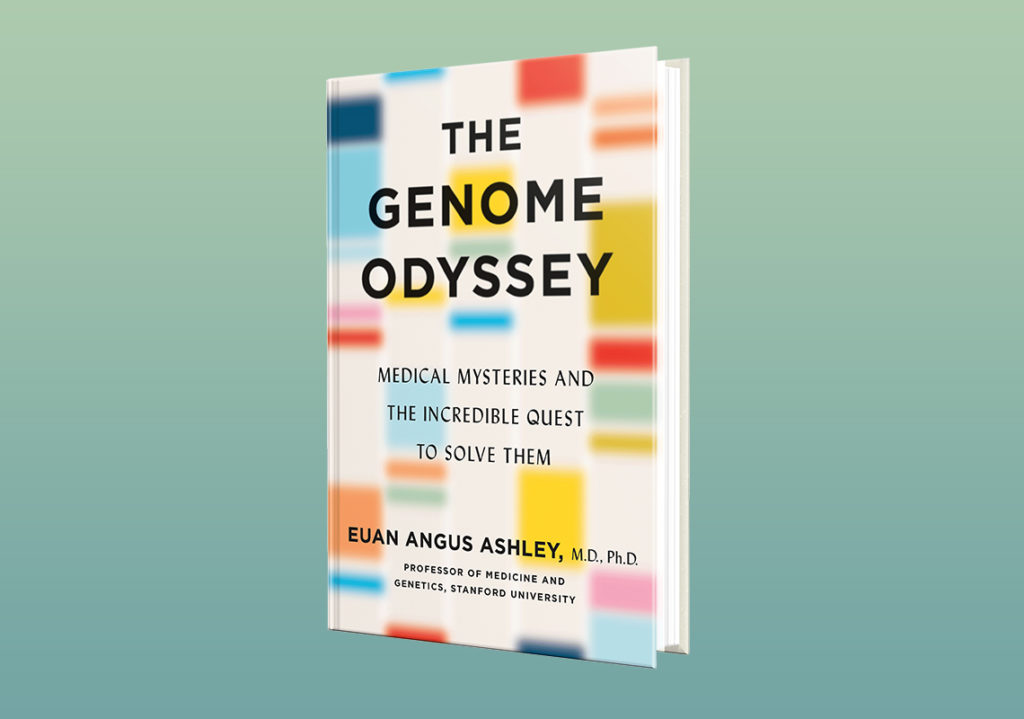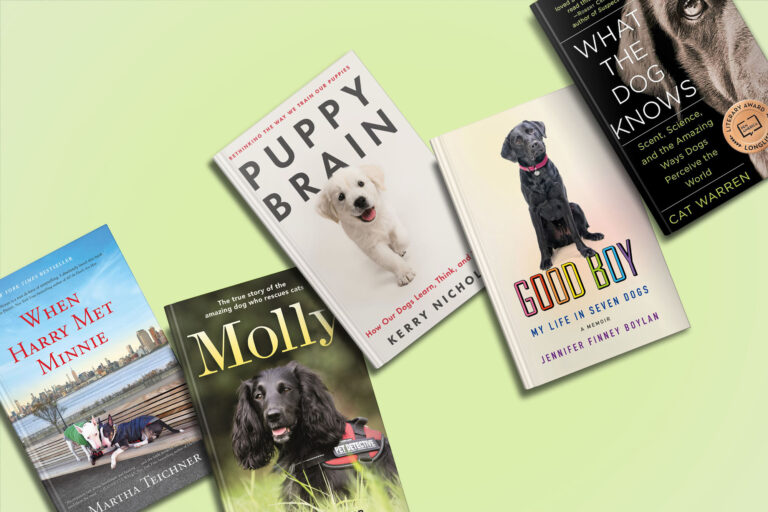Dr. Euan Ashley, Professor of Medicine and Genetics at Stanford University, has been sharing updates about his work treating COVID with his editor and Celadon's publisher Jamie Raab. His letters have been so reassuring to our team that we wanted to share his latest with all of you. Dr. Ashley's book, The Genome Odyssey, comes out February 2021 and is available for pre-order now.
Jamie,
I wanted to send a note to you all to see how you’re doing and to share some reflections on the pandemic. This is such a difficult time for everyone, especially as it looks like cases of COVID-19 nationally are on the rise again, and now, more than ever, getting reliable information seems so hard.
You might be surprised to learn I am optimistic! I am convinced that better days are ahead. For starters, we have learned so much since the beginning of the pandemic about how the virus is spread.
We understand now that droplets (large spit globules that fall rapidly to earth) and aerosols (small almost invisible drops that hang in the air) can transmit the virus. This is why masks are so effective. That also explains why indoor spaces and poor ventilation are risky.
On the flip side, we have learned that the outdoors is really not risky at all. Good air flow is key. Sunlight is powerful enough to kill the virus. So, despite the shaming, beaches are really not dangerous: lots of sunlight and lots of air.
We’ve come such a long way in nine months. I looked recently, and the scientific community has published more than 65,000 scientific papers on COVID-19 this year. As a comparison, the total number of papers in history on cystic fibrosis is less than 55,000. Knowledge is power.
One of the most surprising things we learned is that there really is nothing surprising about any of this. Anthony Fauci, screenwriters, and Bill Gates all predicted a pandemic from a virus with just the right combination of infectivity and virulence. Indeed, in his 2012 book, Spillover, David Quammen predicted that an infection jumping from an animal reservoir (a spillover) would cause a global pandemic. He suggested that it would most likely spillover from a bat and mostly likely it would be a coronavirus. Those who were paying attention knew this was coming.
Another not very surprising finding is our immune system’s response to the virus. Our immune system responds to attack with an immediate wave of infection fighting cells and hormones (something called innate immunity) that is rapidly followed by adaptive immunity. In adaptive immunity, immune cells rearrange their genomes to mastermind precision attacks on the pathogen. Cells like T cells attack directly, while B cells produce antibodies, which bind to the virus and neutralize its action. You might have seen disturbing headlines about our immune response to the novel SARS-CoV-2 disappearing after a few months. But those headlines belie the fact that this is exactly what is expected! Our immune system’s response to coronavirus is textbook. These initial fighting cells give way to a more stable memory response that sometimes is maintained indefinitely and sometimes fades. This is what is supposed to happen. So, while it is true that we do not yet know how long immunity lasts, there is nothing unexpected about this. Most people guess immunity will last a year or two, but nobody knows yet, since the earliest infections were only nine months ago. Most likely there will be a coronavirus component in the seasonal flu vaccination programs from now on.
Which brings us to vaccination! Vaccines all work the same way: by exposing our immune systems to inactive components of the virus so that we build an immune response without ever needing to get an active infection. Traditionally, vaccines were inactivated versions of the actual virus. Newer vaccines actually use genomics. By sequencing the virus once and understanding its genomic code, manufacturers can then synthesize a series of vaccines without ever needing to handle the virus itself. These newer vaccines use that code to deliver fragments of DNA or RNA to our cells and from there our cells become vaccine factories churning out the viral proteins. These viral proteins are then recognized by our immune system and adaptive immunity gets going.
“So when can we expect one of these vaccines?” is a question I am asked almost every day. Well, the good news is, we will soon know the results of the Phase 3 trials from multiple pharmaceutical companies. Phase 3 trials are the ones that provide the data for the US Food and Drug Administration or the European Medicines Agency (or equivalent agency) to judge if the vaccine is safe and effective. In these trials, tens of thousands of people are randomized to receive either the active vaccine or a placebo. Safe means the vaccine doesn’t cause significant side effects. Effective is judged by a 50% drop in infections among the group who received the active vaccine compared to those who got the placebo. These trials have recruited around 30,000 people each and investigators estimated they would need to record about 150 infections to have the statistical power to judge if they were effective. For at least two of the major trials, these results are expected in the month of November. For others, December or January looks more likely. This means that it’s possible vaccines could be rolling out to the most vulnerable in our society before the end of the year.
But unlike in the movies, the story doesn’t end there. We will need to continue some degree of distancing, masking, testing, and tracing for many months into 2021. No single one of these interventions will be enough (not even the vaccine, until enough people receive it), but if we work together and trust in science, we can and will beat this in 2021!
Euan




